Chris Tennant
From Natural Language to Control Signals: A Conceptual Framework for Semantic Channel Finding in Complex Experimental Infrastructure
Dec 21, 2025Abstract:Modern experimental platforms such as particle accelerators, fusion devices, telescopes, and industrial process control systems expose tens to hundreds of thousands of control and diagnostic channels accumulated over decades of evolution. Operators and AI systems rely on informal expert knowledge, inconsistent naming conventions, and fragmented documentation to locate signals for monitoring, troubleshooting, and automated control, creating a persistent bottleneck for reliability, scalability, and language-model-driven interfaces. We formalize semantic channel finding-mapping natural-language intent to concrete control-system signals-as a general problem in complex experimental infrastructure, and introduce a four-paradigm framework to guide architecture selection across facility-specific data regimes. The paradigms span (i) direct in-context lookup over curated channel dictionaries, (ii) constrained hierarchical navigation through structured trees, (iii) interactive agent exploration using iterative reasoning and tool-based database queries, and (iv) ontology-grounded semantic search that decouples channel meaning from facility-specific naming conventions. We demonstrate each paradigm through proof-of-concept implementations at four operational facilities spanning two orders of magnitude in scale-from compact free-electron lasers to large synchrotron light sources-and diverse control-system architectures, from clean hierarchies to legacy environments. These implementations achieve 90-97% accuracy on expert-curated operational queries.
eLog analysis for accelerators: status and future outlook
Jun 15, 2025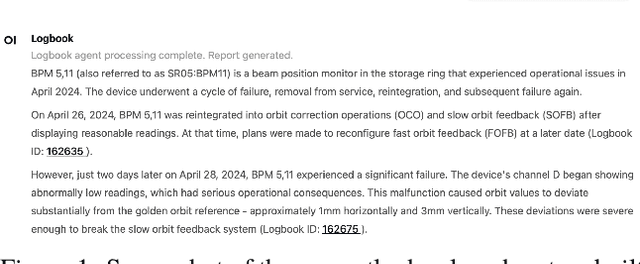
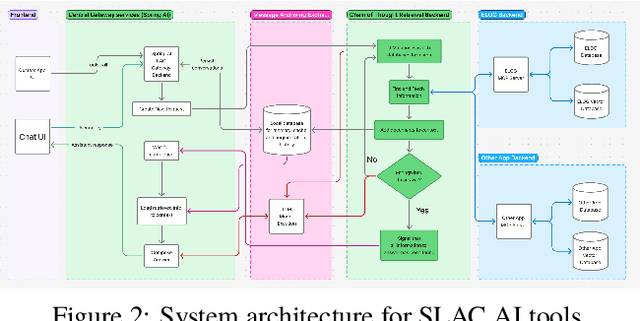
Abstract:This work demonstrates electronic logbook (eLog) systems leveraging modern AI-driven information retrieval capabilities at the accelerator facilities of Fermilab, Jefferson Lab, Lawrence Berkeley National Laboratory (LBNL), SLAC National Accelerator Laboratory. We evaluate contemporary tools and methodologies for information retrieval with Retrieval Augmented Generation (RAGs), focusing on operational insights and integration with existing accelerator control systems. The study addresses challenges and proposes solutions for state-of-the-art eLog analysis through practical implementations, demonstrating applications and limitations. We present a framework for enhancing accelerator facility operations through improved information accessibility and knowledge management, which could potentially lead to more efficient operations.
Data-Driven Gradient Optimization for Field Emission Management in a Superconducting Radio-Frequency Linac
Nov 11, 2024
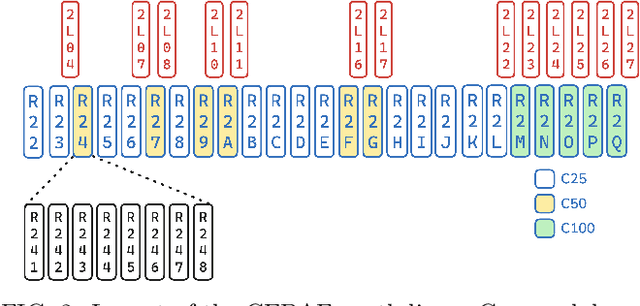


Abstract:Field emission can cause significant problems in superconducting radio-frequency linear accelerators (linacs). When cavity gradients are pushed higher, radiation levels within the linacs may rise exponentially, causing degradation of many nearby systems. This research aims to utilize machine learning with uncertainty quantification to predict radiation levels at multiple locations throughout the linacs and ultimately optimize cavity gradients to reduce field emission induced radiation while maintaining the total linac energy gain necessary for the experimental physics program. The optimized solutions show over 40% reductions for both neutron and gamma radiation from the standard operational settings.
Accelerating Cavity Fault Prediction Using Deep Learning at Jefferson Laboratory
Apr 24, 2024



Abstract:Accelerating cavities are an integral part of the Continuous Electron Beam Accelerator Facility (CEBAF) at Jefferson Laboratory. When any of the over 400 cavities in CEBAF experiences a fault, it disrupts beam delivery to experimental user halls. In this study, we propose the use of a deep learning model to predict slowly developing cavity faults. By utilizing pre-fault signals, we train a LSTM-CNN binary classifier to distinguish between radio-frequency (RF) signals during normal operation and RF signals indicative of impending faults. We optimize the model by adjusting the fault confidence threshold and implementing a multiple consecutive window criterion to identify fault events, ensuring a low false positive rate. Results obtained from analysis of a real dataset collected from the accelerating cavities simulating a deployed scenario demonstrate the model's ability to identify normal signals with 99.99% accuracy and correctly predict 80% of slowly developing faults. Notably, these achievements were achieved in the context of a highly imbalanced dataset, and fault predictions were made several hundred milliseconds before the onset of the fault. Anticipating faults enables preemptive measures to improve operational efficiency by preventing or mitigating their occurrence.
Superconducting radio-frequency cavity fault classification using machine learning at Jefferson Laboratory
Jun 11, 2020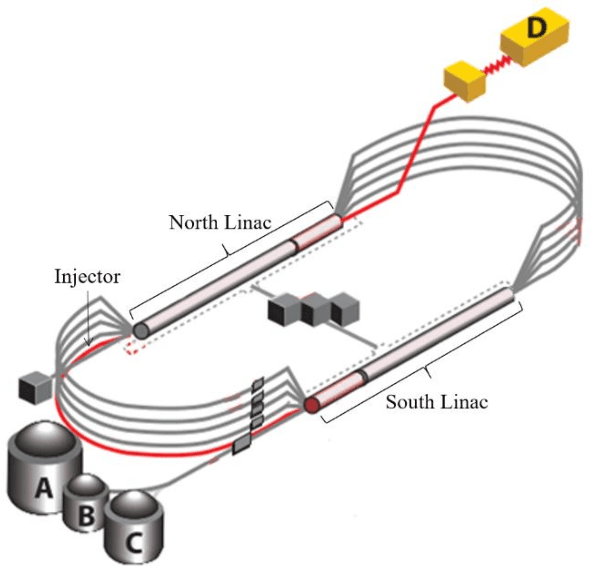

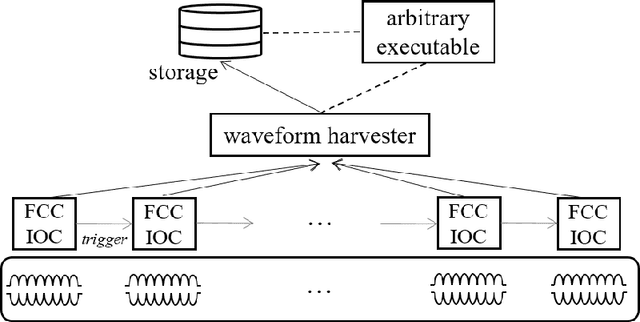

Abstract:We report on the development of machine learning models for classifying C100 superconducting radio-frequency (SRF) cavity faults in the Continuous Electron Beam Accelerator Facility (CEBAF) at Jefferson Lab. CEBAF is a continuous-wave recirculating linac utilizing 418 SRF cavities to accelerate electrons up to 12 GeV through 5-passes. Of these, 96 cavities (12 cryomodules) are designed with a digital low-level RF system configured such that a cavity fault triggers waveform recordings of 17 RF signals for each of the 8 cavities in the cryomodule. Subject matter experts (SME) are able to analyze the collected time-series data and identify which of the eight cavities faulted first and classify the type of fault. This information is used to find trends and strategically deploy mitigations to problematic cryomodules. However manually labeling the data is laborious and time-consuming. By leveraging machine learning, near real-time (rather than post-mortem) identification of the offending cavity and classification of the fault type has been implemented. We discuss performance of the ML models during a recent physics run. Results show the cavity identification and fault classification models have accuracies of 84.9% and 78.2%, respectively.
 Add to Chrome
Add to Chrome Add to Firefox
Add to Firefox Add to Edge
Add to Edge